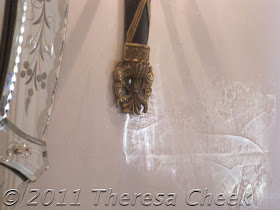I received an email a few days after Thanksgiving from Sinopia Pigments. This was just after "black Friday" and their opening line was-
"Now that you have taken care of your high-tech cyber Monday gift shopping, its time for your low-tech artists on your lists..."
This really stuck in my head and I thought about it for several days...I had been struggling over the decision to purchase an iPad or similar tech gadget. I really enjoy my MacBook computer and 4s iPhone and thought it would be nice to add an iPad to the family. I thought I could justify the purchase to make choices easier for my clients.
But that Sinopia ad kept playing over and over in my mind...."low-tech artists.."
High -tech gadgets or low-tech tools...which direction is best for me?
BOTH!
First things first, I published a new book of updated work for clients to view. I have found that on initial meetings with prospective clients, they can be overwhelmed with the 9000+ photos on my computer!
They love looking at photos on an electronic screen, but this is like looking at a magazine...there is not always a personal connection.
They want something they can hold and touch. They respond well to a book! This is the first thing I give someone to look at. It has enough photos that they can see my style and then, if needed, the computer can provide other, more specific shots.
So, for now, no iPad in my future. Just a new self published book through Apple and my three year old MacBook to drag around. High- tech or low- tech...I think artists still lean to a simpler, old- tech style.
They love looking at photos on an electronic screen, but this is like looking at a magazine...there is not always a personal connection.
They want something they can hold and touch. They respond well to a book! This is the first thing I give someone to look at. It has enough photos that they can see my style and then, if needed, the computer can provide other, more specific shots.
So, for now, no iPad in my future. Just a new self published book through Apple and my three year old MacBook to drag around. High- tech or low- tech...I think artists still lean to a simpler, old- tech style.























































